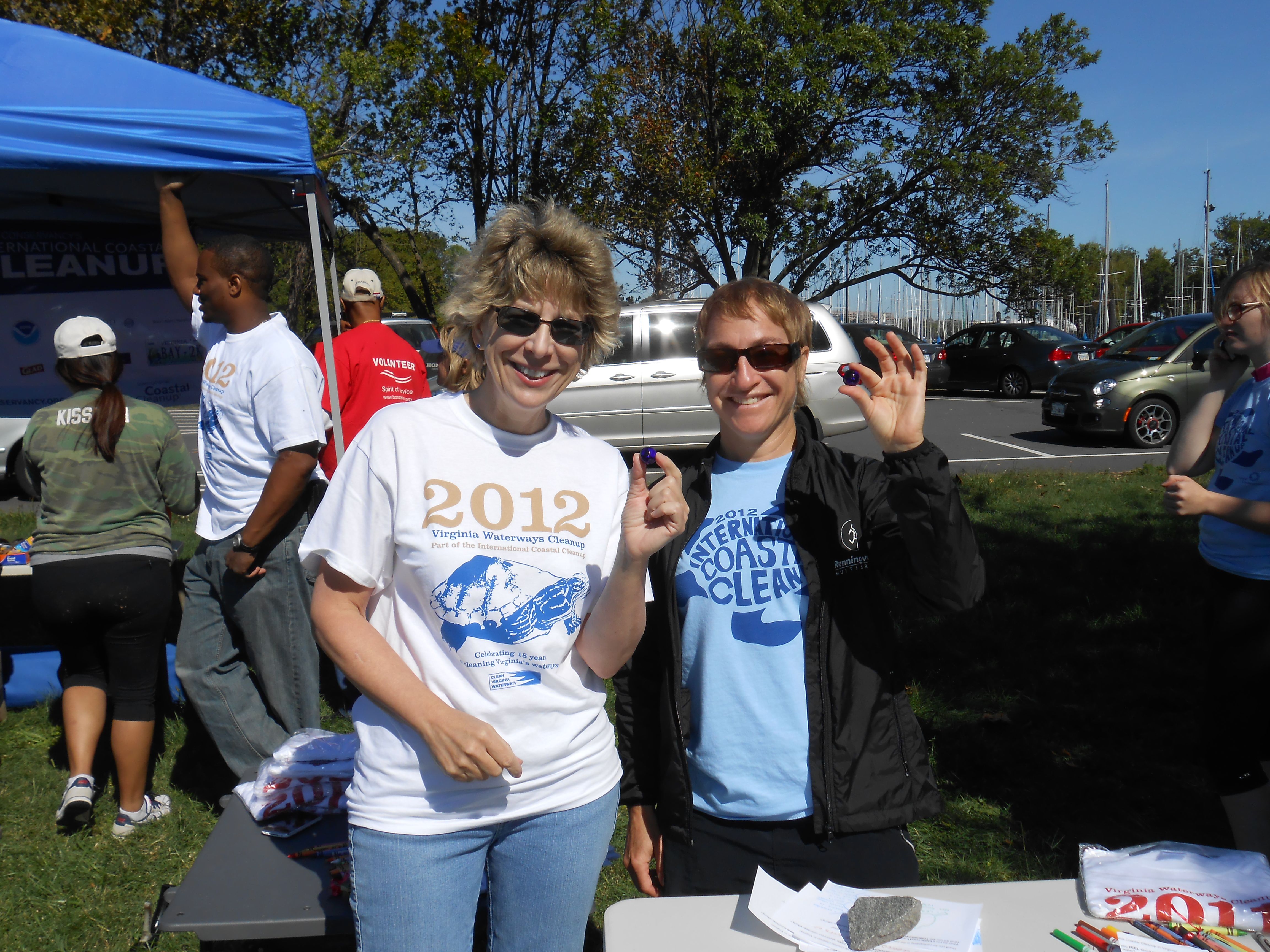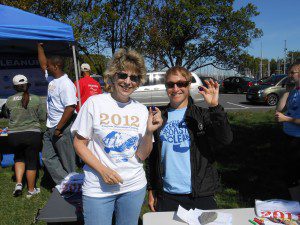
23 Sep EARTH MATTERS: CLEANUP AT DAINGERFIELD
Saturday morning, I got up early and hopped on my bike to ride from the District down to Daingerfield Island, which is not really an island but is a National Park just south of Washington National Airport in Virginia. It attracts sailors, fishermen, windsurfers, picnickers, diners – there’s a marina restaurant – and some serious flag football players. With that cast of characters, there is also a lot of trash of different types.
I wrote about the International Coastal Cleanup in my last article, but wanted to follow up with my own experience at the Cleanup event at Daingerfield Island.
As I noted before, the International Coastal Cleanup is coordinated by Ocean Conservancy. Participants in the different Cleanup events fill out data cards to track the trash they find and Ocean Conservancy collects and compiles that information. Each individual site, however, is run by an site captain who organizes the event and then sends the data cards back to Ocean Conservancy. For Daingerfield, the site captain again this year was the remarkable Katie Register, the Executive Director of Clean Virginia Waterways. (For any readers in Virginia, please go to their website at http://www.longwood.edu/cleanva/. They will be doing cleanups throughout September and October.)
We had nearly 100 people come out to help clean up that trash, including a large contingent from Booz Allen Hamilton, a group from Black and Veatch, a scout troop, several members of the Coast Guard, and a number of other volunteers. Lots of kids came along and were among the most enthusiastic trash spotters. Along with Katie, my colleague Jayni Rasmussen, and one of the Coast Guard volunteers, I helped set up the tables and tent, registered people, explained the purpose of the data card, and sent them on their way, armed with trash bags, trash grabbers – think long sticks with an operable claw on the end – and data cards.
Plastic bottles and cigarette butts are always among the most common kinds of trash people find, and that held true for Daingerfield. One group of volunteers came back from a small creek that runs into the marina area and said they had found over 300 plastic bottles that had collected there. More evidence of how trash travels. Another group found 30 condom wrappers. Good to know people are having safe sex, but let’s keep wildlife safe as well the human participants by disposing of trash properly. Even efforts to promote shoreline stability can spread trash: a couple of volunteers found a piece of rip-rap wiring that had probably been ripped out during a storm and was acting as a trash collector itself.
So what can we do about trash other than clean it up and dispose of it properly? Sherman’s Lagoon creator Jim Toomey has a few suggestions in a nice video that UNEP has released, available at http://www.rona.unep.org/toomey/.
Using reusable products – bottles, bags, and napkins, for instance – can help. Quitting smoking couldn’t hurt. Buying second-hand items instead of new ones. And, even more, as Toomey notes, we need to start looking at changes up the chain: reducing packaging, minimizing waste and by-products, using fewer materials in production.
In addition, Ocean Conservancy has just created an iPhone application, Rippl, that can help you incorporate small, daily changes into your life to help you reduce your impact on the planet and save some money while you’re doing something truly worthwhile. Check it out at http://itunes.apple.com/us/app/rippl/id557768728?mt=8.



Sorry, the comment form is closed at this time.